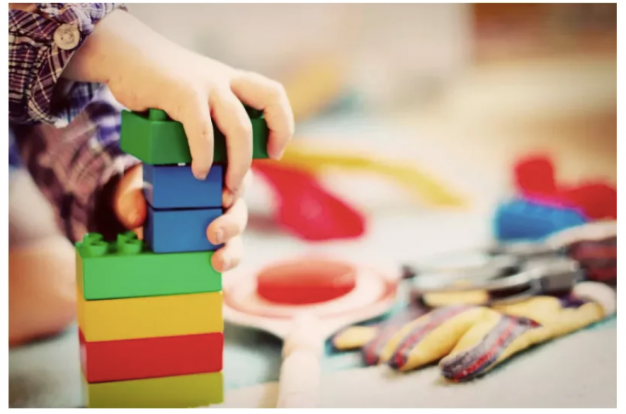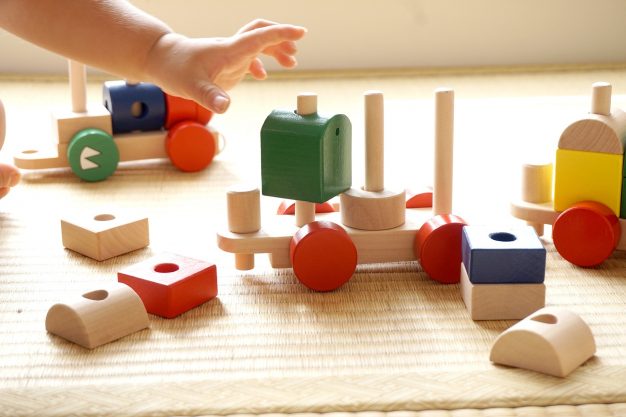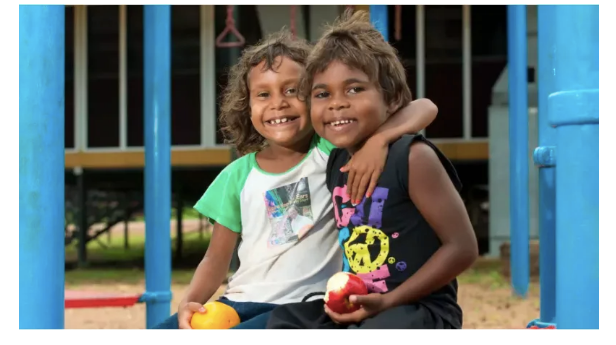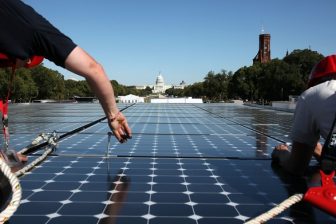
Why early childhood education is everyone’s business
On the surface, these announcements appear to mainly impact families with young children trying to balance return to work with the costs of childcare. However, policy reform in the early childhood sector and investment in quality early childhood education experiences is everyone’s business.
The science
The science of early development has clearly established the first five years of life as the most critical for building the foundations for life-long learning, well-being, and health. While there is great variation in the environments in which children live and grow, the interaction between young children’s developing brains and the environments in which they learn has significant impact on development.
Research demonstrates the important role of high-quality early childhood learning experiences on children’s development, particularly in the very early years and especially for disadvantaged children who are more likely to be developmentally vulnerable in language and cognitive skills when they enter school.
Equally, the cost-benefit analysis of investment in children’s early years is undeniable. It is almost two decades since Professor James Heckman’s work on the economics of human potential was acknowledged with the Nobel prize in Economics.
However, the early childhood education and care sector is complex and policy reforms need to be bold and take a long-term approach to the future prosperity of Australia. This means policy needs to be thoroughly informed by the science of early childhood development, be cross-disciplinary – including all health and education services that families and children engage with – and give precedence to evidence-based high quality teaching strategies.
Australia already has strong national frameworks in place for the provision of early childhood education and care which will underpin policy changes. The Early Years Learning Framework and the National Quality Standards guide best practice, principles and outcomes for children.

What Australia has lacked over recent years is a commitment to ongoing and recurrent funding for early childhood education programs from three years old.
For example, universal access to four-year-old kindergarten for all Australian children has been funded on a year-to-year basis for too long. As a community we wouldn’t sit back and accept year-to-year funding for our public schools, and that is because we understand the value of school-based education.
The first five years
Here is the root of our problem – if we know the first five years are the most critical for later social-emotional wellbeing, academic success and life-long opportunities – then we should be equally, if not more outspoken, about the provision of quality education and care programs in the preschool years, and insist that they are funded with the same long-term commitment as our schools.
Community understanding about what quality education and care looks like in the preschool years is critical here. Early childhood education is not about push-down school curricula. In fact the national policy documents – the learning framework and the national standards by which services are accredited – are absolutely clear here.
Early childhood education programs are most effective when they are play-based and developmentally appropriate. This is best illustrated in the learning and development outcomes for all children expressed in the framework. These are that children: have a strong sense of identity; are connected with and contribute to their world; have a strong sense of wellbeing; are confident and involved learners; and are effective communicators;
Educating young children is a specialist area, relying on knowledge of early learning, child development and fostering children’s wellbeing. Quality early childhood education programs are challenging to deliver and longitudinal data from Australia indicates where we need to focus our efforts.
Such important and complex work needs to be acknowledged more by those of us who observe the work of early childhood educators first hand. Currently, Australia ranks below the OECD average in terms of investment in early childhood education, enrolment rates for three and four-year-olds, and the number of hours of early childhood education provided per week.
This has significant implications for Australian children’s access to and participation in early childhood education and care programs. Importantly vulnerable children are more likely to be impacted by government investment decisions like the 2018 changes to the child care subsidy system.

Policies
Policies and programs need to be provided to all children and families but with a scale and intensity that is proportionate to their level of need and vulnerability, providing equity of access to all Australian children, wherever they live and whatever their circumstances.
What is clear is that the policy decisions being made now in the context of the upcoming election will have long trajectories for our youngest Australians in 2019. Access and participation in quality early childhood education programs by all 3 and 4-year-old Australian children is the double dividend provided by a childcare subsidy system that enables and encourages women to return to the workforce.
We need to value both these benefits equally. Reducing inequalities in early child development is predicted to produce savings in health and education expenditure across the lifespan of approximately 7-10 per cent return on investment, as well as improving Australia’s economic productivity.
This article was first published on Pursuit. Read the original article. A version of this article also appears on Election Watch.




